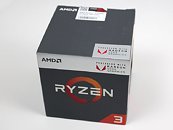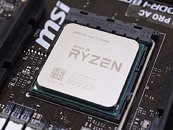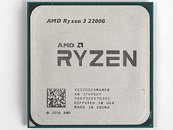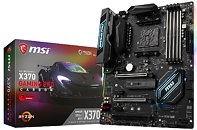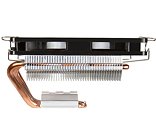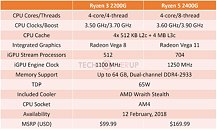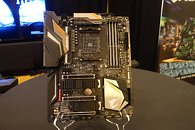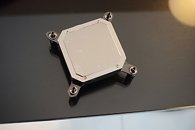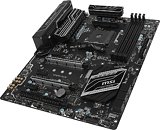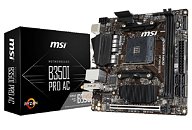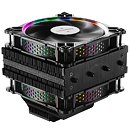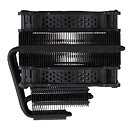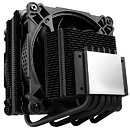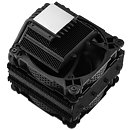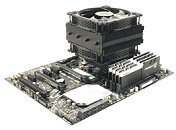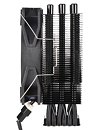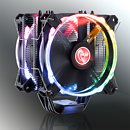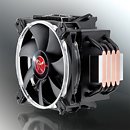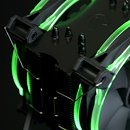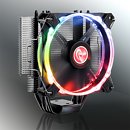
AMD Provides Support for BIOS Update on 2nd Gen Ryzen - Boot Kit Available
The Socket AM4 platform is designed to be a long life, fully featured, scalable solution with support for multiple processors, with varying capabilities. Since the release of the AMD Socket AM4 motherboards in early 2017 with the AMD Ryzen desktop processor, there have been several BIOS updates made available through our motherboard partners. These updates not only provide improved system performance but also expand support for newer processors as they become available.
In February 2018, AMD began introduction of the new 2nd Gen Ryzen Desktop Processor with Radeon Vega Graphics. To enable support for this new processor, an updated BIOS is required. Due to the rapid pace of innovation, and strong demand for Ryzen Processors with Radeon Graphics, it may be possible that some users with an AMD Socket AM4 motherboard paired with a 2nd Generation Ryzen Desktop introduced in 2018, may experience an issue where the system does not boot up during initial setup.
In February 2018, AMD began introduction of the new 2nd Gen Ryzen Desktop Processor with Radeon Vega Graphics. To enable support for this new processor, an updated BIOS is required. Due to the rapid pace of innovation, and strong demand for Ryzen Processors with Radeon Graphics, it may be possible that some users with an AMD Socket AM4 motherboard paired with a 2nd Generation Ryzen Desktop introduced in 2018, may experience an issue where the system does not boot up during initial setup.
